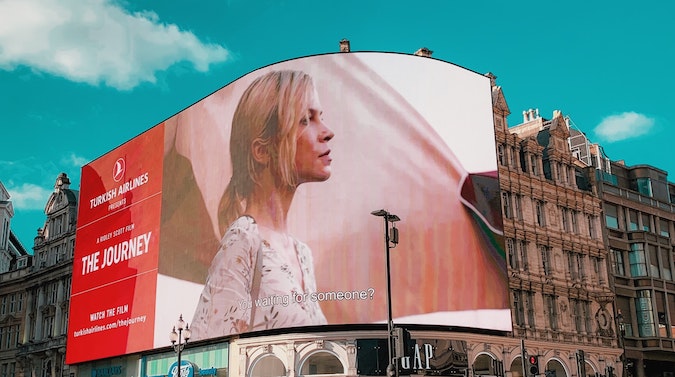Getting started with programmatic DOOH – what brands and agencies need to know
Share

Matt Bushby outlines everything that marketers, brands and agencies need to know about programmatic DOOH advertising.
According to the Interactive Advertising Bureau (IAB), interest and investment in Digital Out of Home (DOOH) advertising is on the rise. Recent research shows that in 2020 alone, one quarter of Australian agencies started trading DOOH inventory for the first time, with 59 percent now doing so frequently.
Most marketers already appreciate the advantages of programmatic DOOH. In fact, more than half say increased buying flexibility, operational efficiency, data and targeting stand out as key benefits that motivate them to embrace programmatic. As it stands, however, just 34 percent have acted on this and adopted programmatic DOOH as part of their marketing strategy.
What is causing the delayed adoption and what do brands and agencies need to know to get started with programmatic DOOH?
Programmatic DOOH is powered by smart technology
Marketers need clarity on what sets programmatic DOOH apart from traditional DOOH trading. Both methods drive the same outcome. An ad is delivered on a digital display which opens up a much wider range of creative possibilities versus a traditional OOH billboard. But what is the intrinsic distinction?
While both methods serve ads on digital screens, programmatic DOOH is powered by machine learning and computing to plan, buy, sell and deliver ads all from one consolidated platform. This enables a more agile buying approach, allowing marketers to efficiently coordinate campaigns and harness advanced features, such as data-driven targeting and precise measurement capabilities. In comparison to DOOH, programmatic DOOH is geared towards audience-centric buys, which leverage various data touchpoints to reach specific audience segments with contextual messages while they are on-the-go.
Programmatic DOOH takes a data-driven approach to targeting
Allowing automation to cut manual tasks and streamline trading doesn’t mean losing control over how ad budgets are spent. By plugging into audience data from anonymised device IDs, programmatic DOOH runs according to predetermined parameters that are tightly aligned to business objectives, dictating where marketers want their ads to appear and which audiences they want to target.
This hyper customisation allows for precise targeting, going beyond the traditional one-to-many spray and pray approach of OOH. Contextual messaging is a crucial differentiator allowing campaigns to leverage insights such as audience demographic, behavioural and weather. It stores proximity data to serve ads when specific conditions are met.
In real life, for example, this might see a leading food company tie its targeting to the local weather conditions. Using data triggers, it could set ads for warm soups to only appear when it goes below a certain air temperature near the digital screens it selects, and push digital ads featuring salad dressings on sunnier days.
Programmatic DOOH offers precise measurement
While programmatic technology allows marketers to hyper-customise their DOOH campaigns, it is not the only method to ensure ads reach the right audience and location, at the right time. Through ongoing multi-level measurement, brands and agencies can accurately assess campaign effectiveness, optimise and alter flighting and delivery in real time.
In addition to tracking standard advertising metrics such as impressions served, programmatic DOOH can analyse other indicators such as estimated views and in-store footfall, closely matching campaign parameters to business objectives.
For example, this level of optimisation has been shown to deliver target impressions over four times higher than traditional DOOH for a company in the automotive sector, fuelling better offline outcomes. It also helped the company increase dealership footfall by 30 percent using a blend of custom segments, contextual creative and persistent fine tuning against brand metrics.
Separating hype from reality is difficult with any new marketing innovation, but programmatic DOOH has plenty of tangible benefits that are primed to make a real difference for agencies and brands. By starting small and using programmatic DOOH as an additional channel, marketers can experiment with different tactics and observe impact, producing a solid base of intelligence that will later help guide smart choices when they’re ready to expand campaigns. With super-charged targeting precision and greater optimisation, programmatic DOOH paves the way for more efficient and contextually relevant outdoor ads.
Matt Bushby is the managing director, ANZ and SEA, at Hivestack.
Photo by Muhamad Syazwan on Unsplash.















